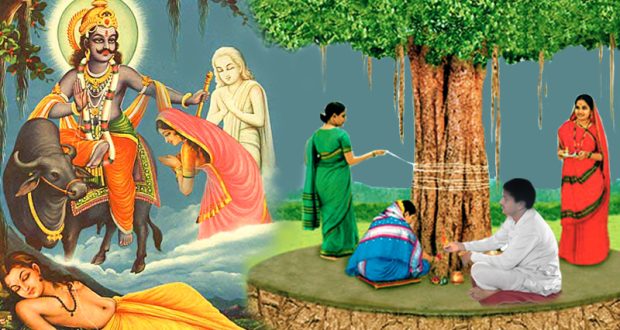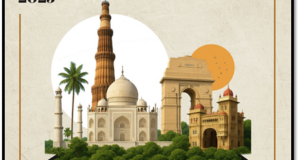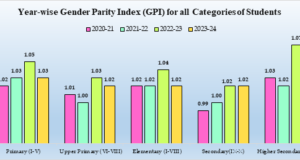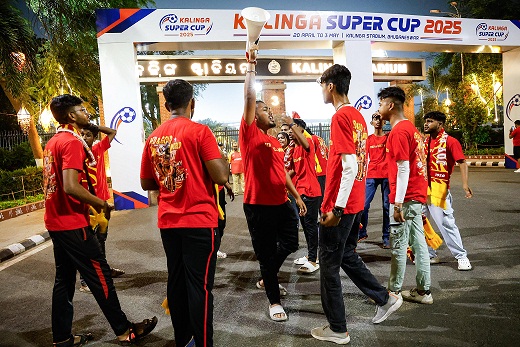Dr,Adyasha Das
A day of worship and fasting observed by married Hindu Odia women of Odisha and certain other parts on the Amavasya, the new moon day in the month of Jyeshtha .
Named after the principle of eternal life represented by Savitur (sun) invoked in the most important verses of the Rigveda (the Gayatri), Savitri represents the continuing cycle of life and hope. In the process of her journeys, she travels to the forests as well as the other world (the world of death in this case) successfully returning her husband to life. Festivities and vows celebrating and recollecting her life are common across India.
Many observe it as a brata and tie a red thread round their arms. Usually, two or more women join together and worship before the tulashi chaura or at a common place. On this day, women take bath in the morning wear new bangles and apply vermilion on the fore-head. Nine different types of fruits and nine types of flowers are offered to the Goddess Savitri. Wet pulses, rice, mango, jack fruit, palm fruit, kendu, banana and several other fruits are offered as Bhoga .The Savitri Brata Katha is read out. Muga Chakta is a popular Bhoga associated with this festival. In these times of cultural transition, the festival has lost its rigour. Women who work have modified the observance of the day to suit their hectic schedules. Moreover, the younger generations are also unaware about the rites and rituals. However, the cosmetic popularity of the festival is still pretty high among the people of Odisha.
Dr. Adyasha Das is an Associate Professor at Indian Institute of Tourism & Travel Management. (IITTM) Bhubaneswar, Ministry of Tourism, Government of India.
 Odisha news today, Latest Oriya News Bhubaneswar Online Odia news Portal
Odisha news today, Latest Oriya News Bhubaneswar Online Odia news Portal




